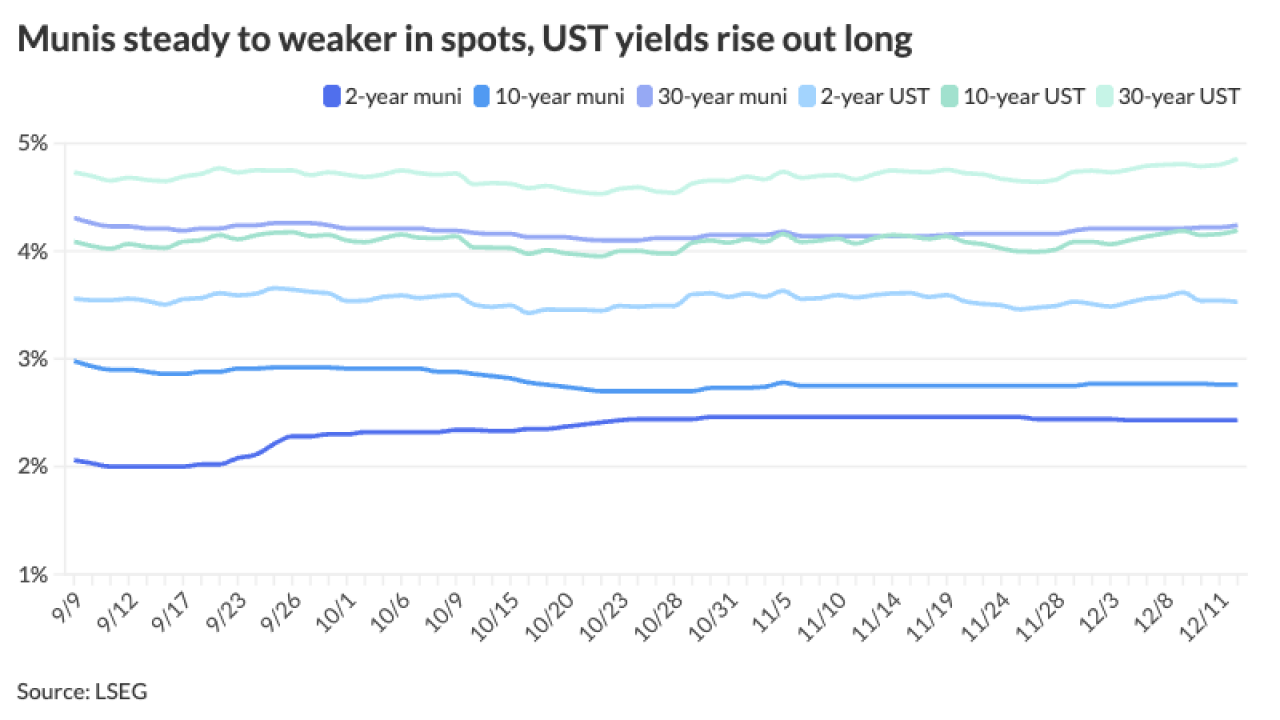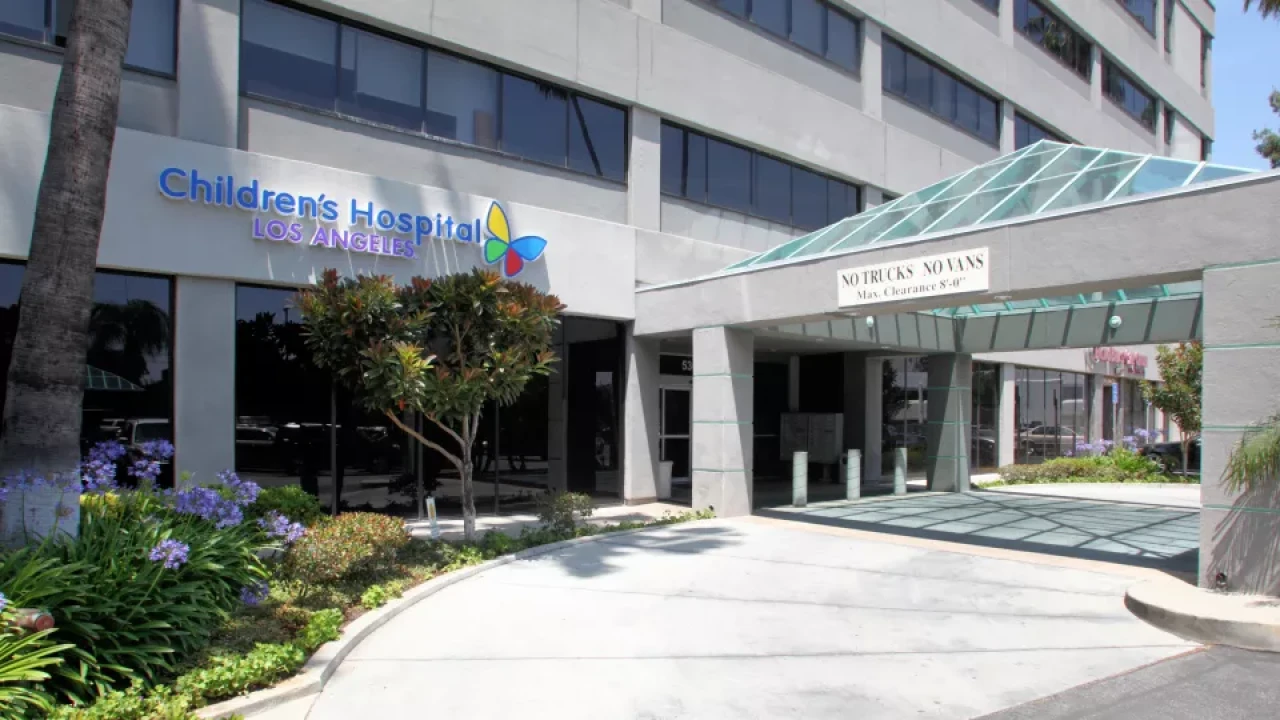After the New York Metropolitan Transportation Authority rejected bids on $450.7 million of notes Tuesday and instead sold them to the Federal Reserve Bank, sources pondered whether it would open the window wide for the Fed’s short-term borrowing program for other issuers or if it was a one-off.
Reactions varied after the cash-strapped transit agency on Tuesday
Proceeds of the notes will retire bond anticipation notes maturing on Sept. 1. The deal will close Aug. 26.
“It made sense,” said Howard Cure, director of municipal bond research for Evercore Wealth Management. “It’s good news for the MTA. It’s another arrow in their quiver, so to speak, another tool.”
According to Chairman Patrick Foye, the MTA is enduring its worst crisis ever.

The state-run authority, which operates New York City’s mass-transit system, projects a $12 billion deficit through next year because of sharp revenue drops related to COVID-19 countermeasures. The shortfall includes an estimated $1 billion loss from delays to a planned congestion pricing mechanism for Manhattan's central business district.
The MTA's request for a further $3.9 billion of federal rescue aid to match what it received in late March is stalled as Congress remains gridlocked over the latest round of coronavirus-relief funding.
Since the Fed launched the $500 billion MLF program as part of the federal CARES Act aid package that passed in late March, only
After criticisms that the program’s excessive borrowing costs punished poor credits, the Fed on Aug. 11 reduced borrowing costs by each credit category by 50 basis points or half a percentage point, with the range now between 1% and 5.4%, depending on the entity’s bond ratings.
Still, costs of the program remain substantially higher than market rates.
Despite a rash of bond-rating downgrades and warnings, the MTA still has better market options than Illinois, according to Cure.
“The MTA is still an A-rated credit. They had market access, they received bids,” he said. “They’ll be charged lower fees. The Illinois situation is not nearly as comparable. They really had no choice.”
New York State, after lobbying from U.S. Senate Minority Leader Charles Schumer, D-N.Y., designated the MTA as eligible for the program.
Cure said other mass transit systems and issuers of revenue-dependent bonds such as hotel taxes might tap the MLF.
The MTA could also have been thumbing its nose at the traditional market, said Nicole Gelinas, a senior fellow with the Manhattan Institute for Policy Research.
"The MTA likely did this part as theater, to show that it can do better at the Federal Reserve than it can with traditional investors. But, considering that banks and investors are desperate for some sort of yield in this market, it is telling that they don't consider the MTA, once among the safest muni credits in the muni universe, to be easy yield.
“Arguably, the Fed is muting market signals that Congress needs to hear, loud and clear.”
Municipal bond analyst Joseph Krist envisions greater use of the MLF program if the next stimulus comes up short.
"Saying that the MTA is the poster child for what the MLF can do for a borrower is not pejorative," he said. "Their position is pretty unique given its size and role in servicing one of the economic hearts of the country. In that sense they are an outlier."
"I think that borrowers will try every other way to borrow before they access the MLF as it's fair to say that Illinois and the MTA are perceived as way worse off than many potential borrowers," Krist added.
Moody’s Investors Service rates MTA's transportation revenue bonds A2. Fitch Ratings and S&P Global Ratings rate them A-plus and BBB-plus, respectively, while Kroll Bond Rating Agency rates them AA-plus.
The authority, which carries $46 billion of debt, was the second-largest issuer of debt over the first six months of 2020, with $4.4 billion. It ranked second behind Ohio’s Buckeye Tobacco Settlement Financing Authority with $5.3 billion.
According to data on the Municipal Securities Rulemaking Board's
Since March, when the pandemic escalated, the MTA has been hemorrhaging money. Train ridership and vehicle toll revenue plummeted more than 90% year-over-year for a while due to stay-at-home measures and other practices that included free bus rides through back-door boarding. New York City has since been reopening in phases and the MTA intends to resume front-door boarding and fare collection on all local bus and Select Bus Service routes on Aug. 31.
"It is a positive development that the MTA is able to borrow from the Fed at a lower rate than the public markets," said Rachael Fauss, senior research analyst for the good-government organization
"It is also only a small fraction of their current yearly debt service payments, which total $2.8 billion for 2020," Fauss added. "Congress must deliver a huge boost of COVID emergency aid so the MTA is on more stable financial footing and can avoid the revolving debt escalator."
Without a congressional backstop for its operating deficit, the MTA will struggle to serve its existing debt and could drastically cut service. “All options are on the table,” Foye told reporters after last month’s board meeting.
The board, which traditionally takes August off, has scheduled a special meeting for Aug. 26.





